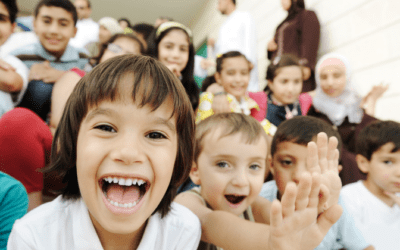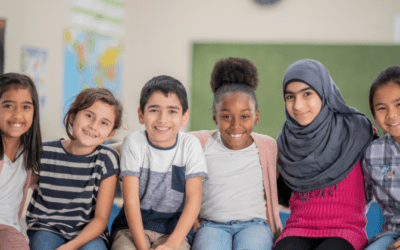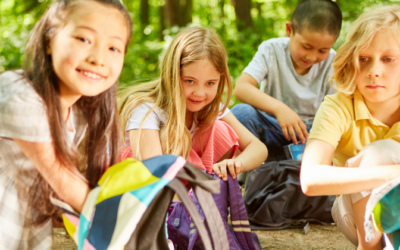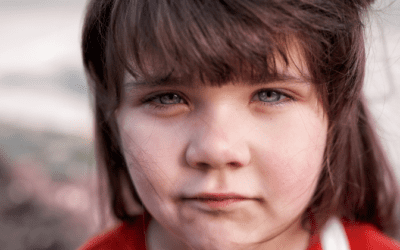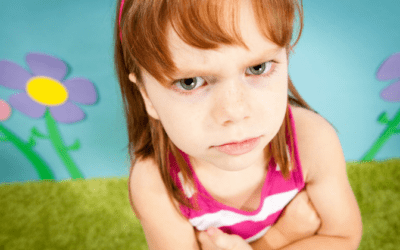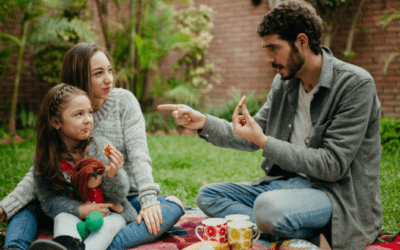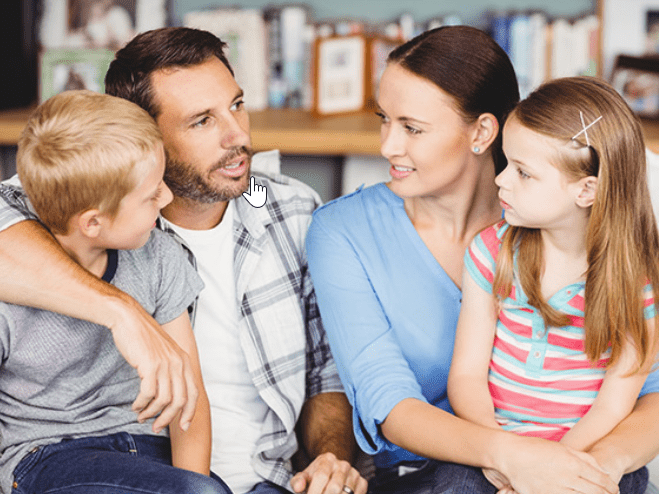
Activities for Parents
Our Family Talk Guides are designed to help parents and other family members talk with young children in their care about important social and emotional behaviors.
Each of the topics below comes with a simple, printable guide with step-by-step instructions for discussion activities. These are a free resource and you are welcome to share them with others.Teachers using the Leaps system in their classrooms are also encouraged to provide these guides to parents as a supplement to the work they are doing with students during the school day.
Good Hygiene and Self Worth
We’re focusing on helping our kids feel good about themselves by talking to them about good clean hygiene and having a positive attitude.
Respecting Others
Let’s teach our kids to treat others with respect so that our kids can be respected by others, too.
Boundaries and Personal Space
Our kids need to know how to keep their own boundaries and also how to handle it when someone tells them, “No,” because of their boundaries or rules.
Inclusivity – Being Kind To People Who Look Different
Let’s be good role models, and teach our kids how to be fearlessly kind to everyone. Let’s help our kids see how people act and treat people based on those actions, instead of treating others based on differences in skin color, culture, or even medical conditions.
Stranger Danger vs. Making New Friends
Let’s help our kids understand the safe places they should talk to adults, and that talking to classmates for the first time could mean making a new friend.
Meeting New People and Making Friends
Let your child know that, even if they have a best friend, getting to know new people is a great thing. We grow as people when we learn with others about new things and new ideas.
Hurt Feelings
Help young kids deal with hurt feelings, both their own feelings and the hurt feelings of others. Let’s let our kids know that if we try hard to be caring all the time, we will not have to fix hurt feelings as often.
Talking To Kids About Anger
Helpful guidance for discussing anger with children, whether it is their anger or yours that’s come up.
Good Choices
Learn new ways to discuss decision-making with children, teaching them to look ahead before taking action.
Removing Distractions & Focused Attention
Surprise – this is less about teaching your child to focus. It’s more about your ability really tune in and focus on them. And teaching them what that means.


